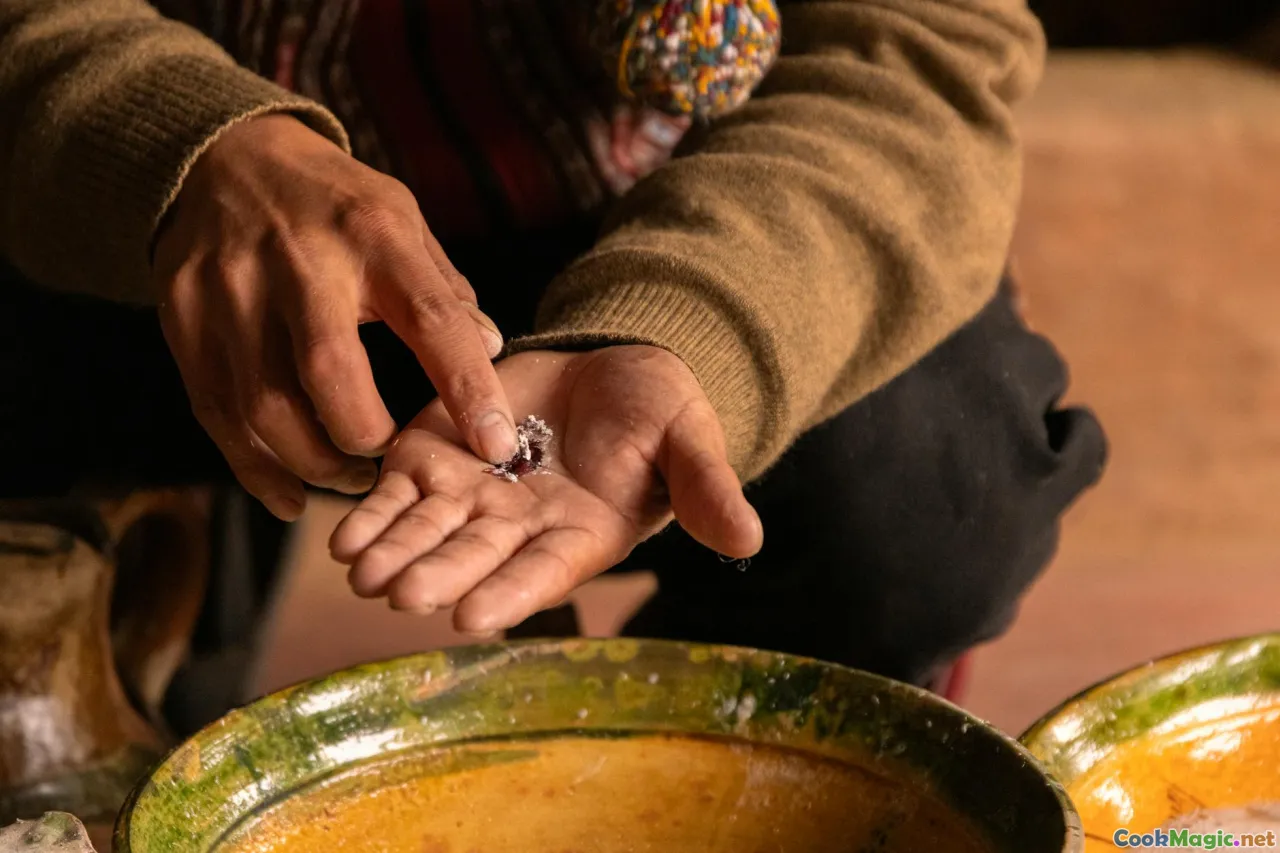Health Benefits of Staples in Papuan Diet
7 min read Explore the rich health benefits of traditional Papuan staples, revealing how these age-old ingredients support vitality and well-being. April 25, 2025 04:55
Health Benefits of Staples in Papuan Diet
Imagine walking through the lush rainforests of Papua New Guinea, where the air is thick with the scent of earth and growing things. In this vibrant landscape, age-old traditions have cultivated a diet deeply rooted in nature’s bounty. The staples of the Papuan diet are not just nourishing; they are a testament to centuries of harmony between people and their environment. These foods, often overlooked on global tables, harbor powerful health benefits that sustain the vitality of Papuan communities.
A Cultural Tapestry Woven with Food
Papuan cuisine is a kaleidoscope of flavors, textures, and colors. It’s a reflection of the diverse ecosystems—from coastal mangroves to mountainous highlands—and the rich cultural heritage of over 800 language groups. At the heart of this culinary mosaic are staples like sweet potatoes, taro, yams, sago, and a variety of tropical fruits and nuts. These ingredients have nourished generations, fostering resilience and well-being.
The Historical Significance of Papuan Staples
Historically, these foods have been more than mere sustenance; they are embedded in rituals, social structures, and storytelling. For instance, the cultivation of sweet potatoes, introduced from the Americas centuries ago, transformed local agriculture and diets, providing a reliable carbohydrate source that supported population growth in remote villages. Similarly, sago palms, native to the region, have been central to survival during times of scarcity.
Sensory Journey Through Papuan Staples
Picture biting into a freshly cooked sweet potato—its golden flesh melts with a sweet, earthy flavor reminiscent of caramel, yet subtly vegetal. Or imagine the chewy, silky texture of sago pudding, with its translucent appearance and delicate, nutty aroma. These staples are not only nourishing but also evoke a deep connection to the land, with each bite carrying stories of survival, adaptation, and community.
Nutritional Powerhouses in Papuan Diet
Sweet Potatoes: The Superfood of the Highlands
Sweet potatoes (Ipomoea batatas) are ubiquitous in Papuan diets. Rich in complex carbohydrates, dietary fiber, vitamins A and C, and antioxidants, they promote eye health, boost immunity, and provide sustained energy. Their high beta-carotene content is particularly vital in regions with limited access to diverse fresh vegetables.
Taro and Yams: Roots of Resilience
Taro (Colocasia esculenta) and yams (Dioscorea spp.) are fundamental carbohydrate sources. Taro, with its creamy texture and mildly sweet flavor, is packed with fiber, potassium, and vitamin E. Yams contribute essential minerals like magnesium and manganese, supporting muscle function and metabolic processes.
Sago: The Indigenous Staple
Derived from the pith of sago palms, sago is a starchy, gluten-free carbohydrate that is easy to digest. It provides quick energy, and its low fat content makes it suitable for a variety of dishes—from porridge to puddings. The presence of resistant starch in sago aids in gut health and blood sugar regulation.
Tropical Fruits and Nuts: Natural Vitamin Boosters
Papuan diets are enriched with bananas, papayas, pineapples, and nuts like coconuts and betel nuts. These foods supply essential vitamins, minerals, and healthy fats, contributing to cardiovascular health, skin vitality, and cognitive function.
Embracing Traditional Preparation for Maximum Benefits
Preparation methods—such as boiling, roasting, and fermenting—enhance nutrient absorption and preserve flavor. Fermentation, in particular, increases probiotic content, supporting gut health. For example, fermented taro or yams have a tangy flavor profile and are easier to digest.
Personal Reflection and Community Tales
Having traveled to remote villages in Papua New Guinea, I witnessed firsthand how these staples are woven into daily life. I remember tasting freshly dug sweet potatoes roasted over open fire, their smoky aroma filling the air, and feeling a profound sense of connection to the land and people. These foods, humble yet powerful, embody resilience, tradition, and health.
The Modern Relevance of Papuan Staples
In today’s world, where processed foods often dominate diets, returning to traditional staples offers a pathway to improved health and sustainability. Their rich nutrient profiles help combat malnutrition, support local agriculture, and preserve cultural heritage.
Conclusion: Celebrating Indigenous Nutrition
The staples of the Papuan diet are more than just ingredients—they are a living legacy of wisdom, survival, and community. Embracing these foods not only honors a rich cultural heritage but also unlocks a treasure trove of health benefits. As we seek sustainable and nutritious diets, let us look to Papua’s ancient foods for inspiration, resilience, and nourishment—delivered straight from the heart of the rainforest to our tables.
Through understanding and appreciating the health benefits of these traditional staples, we can foster a deeper connection to the land, culture, and ourselves.









